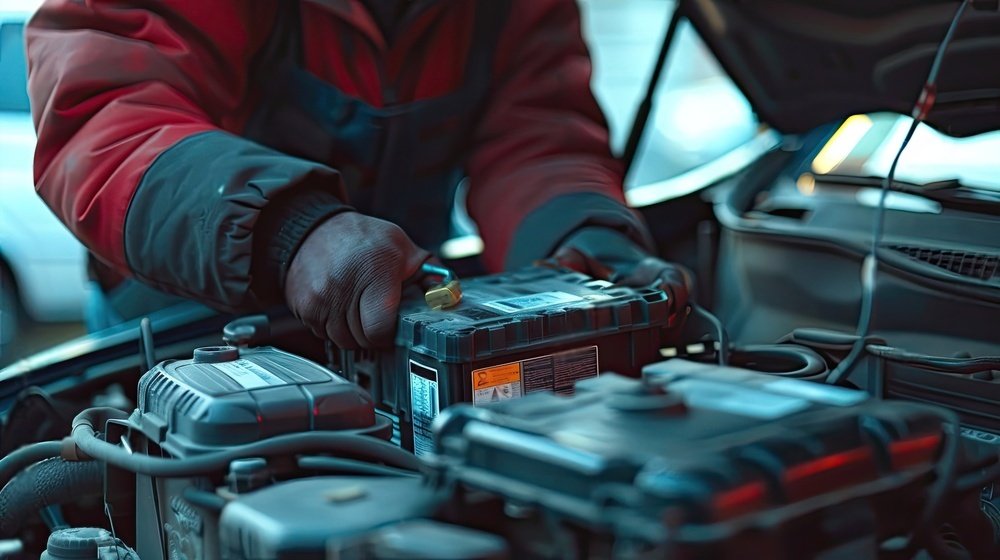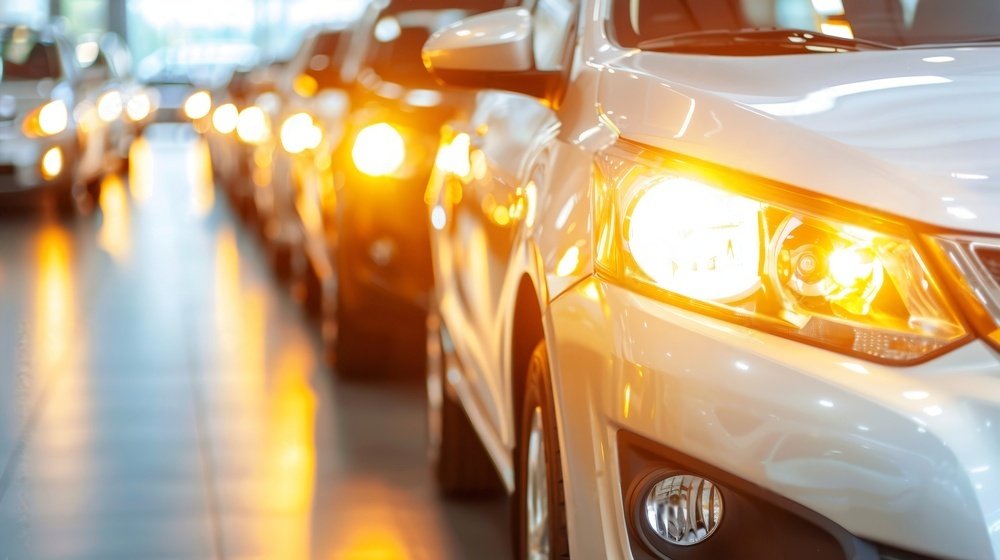Udskiftning og Reparation af Startere
Introduction
The starter motor is a crucial component of your vehicle’s starting system, responsible for initiating the engine’s rotation to begin the combustion process. Over time, starters may wear out or develop faults, leading to issues such as slow cranking, grinding noises, or failure to start the engine altogether. Starter replacement and repair are essential maintenance tasks that help ensure your vehicle starts reliably every time you turn the key.
Why Starter Replacement and Repair Matters?
The starter motor is essential for initiating the engine’s operation, making it a critical component of your vehicle’s starting system. A malfunctioning starter can lead to starting difficulties, engine stalling, and potential breakdowns. Addressing starter problems promptly through replacement or repair is crucial to ensure reliable engine start-up, prevent inconvenience, and avoid being stranded due to a non-starting vehicle.

Ensures Reliable Engine Start-Up
A properly functioning starter ensures that the engine starts reliably every time you turn the key, preventing starting difficulties and potential breakdowns.
Prevents Engine Stalling
A faulty starter can lead to engine stalling or failure to start, causing inconvenience and potential safety hazards. Replacement or repair of the starter prevents engine stalling and ensures smooth engine operation.


Steps Involved in Starter Replacement and Repair
Replacing or repairing the starter motor in your vehicle is a relatively complex procedure that requires mechanical knowledge and expertise. Below are the main steps involved:
1. Diagnose the Issue
Before proceeding with replacement or repair, diagnose the problem to determine whether the starter is indeed the cause of the starting issues. This may involve testing the battery, checking electrical connections, and performing a visual inspection of the starter for signs of damage.
2. Remove the Old Starter
Disconnect the battery to prevent electrical shock, then locate and remove the mounting bolts and electrical connections from the old starter. Depending on the vehicle model, you may need to remove other components, such as the air intake or engine mounts, to access the starter.

3. Install New Starter
Carefully position the new starter in place and secure it with mounting bolts. Reconnect the electrical connections, ensuring proper alignment and tightness. Follow manufacturer specifications and torque settings during installation.
4. Test Starter Functionality
After installing the new starter, test its functionality by attempting to start the engine. Listen for any unusual noises, such as grinding or clicking, and verify that the engine starts smoothly without hesitation.
Benefits of Starter Replacement and Repair
Replacing or repairing the starter motor offers several benefits, including:
Reliable Engine Start-Up
A properly functioning starter ensures reliable engine start-up, preventing starting difficulties and potential breakdowns.
Prevention of Engine Stalling
Addressing starter issues promptly prevents engine stalling or failure to start, ensuring smooth engine operation and preventing inconvenience.
Extended Vehicle Lifespan
Regular maintenance and timely replacement or repair of the starter motor help prolong the lifespan of your vehicle, reducing the likelihood of costly repairs or premature replacement.
Improved Driving Experience
A new or repaired starter enhances the overall driving experience by ensuring smooth engine start-up and reliable vehicle operation.
Conclusion
Starter replacement and repair are essential maintenance tasks that help ensure your vehicle starts reliably every time you turn the key. By addressing starter problems promptly and with the help of a qualified mechanic or automotive technician, you can prevent potential breakdowns, ensure reliable engine start-up, and avoid being stranded due to a non-starting vehicle. If you suspect starter issues in your vehicle, consult a professional for diagnosis and appropriate repair or replacement.



